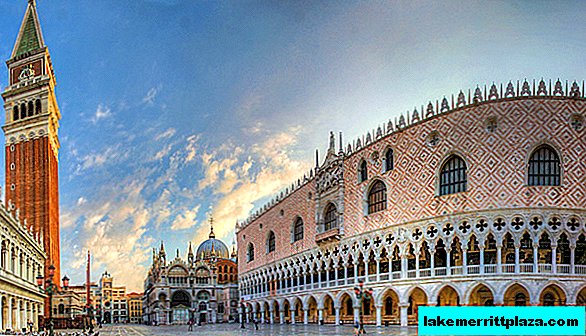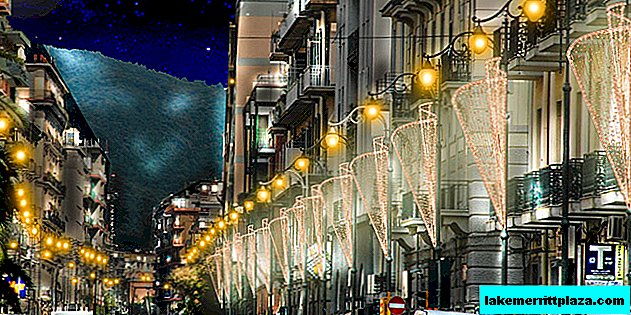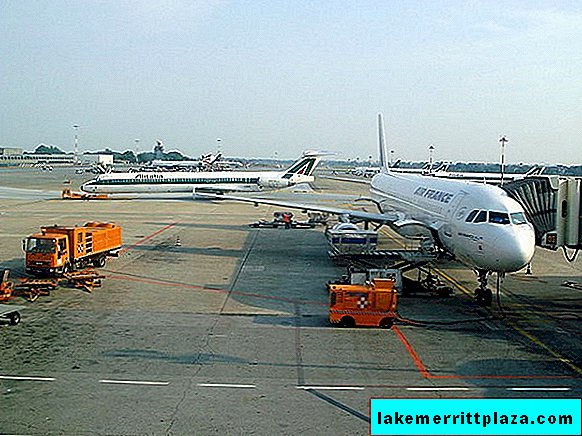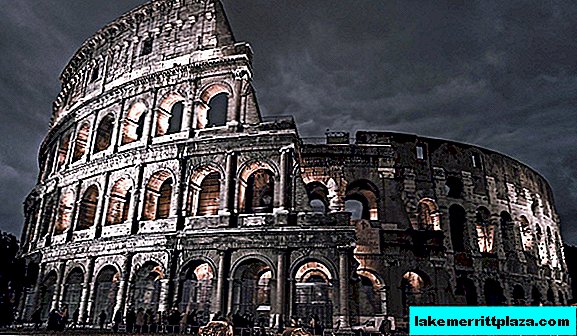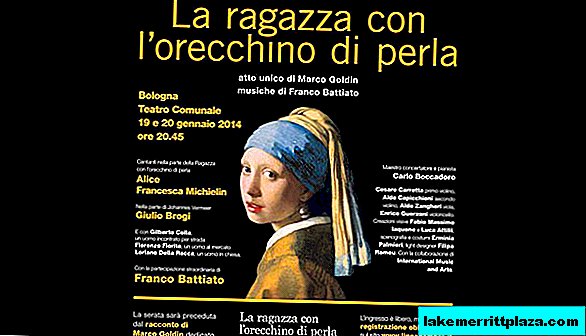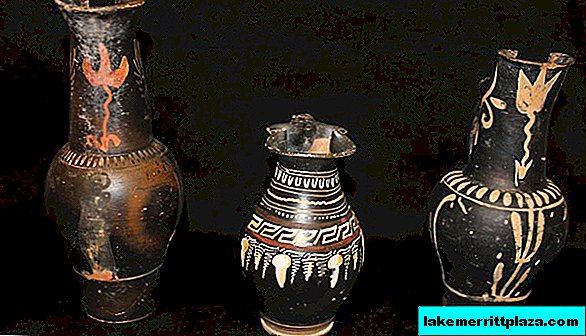49 Italian attractions are included in the UNESCO World Heritage List. This means that for 2013 in Italy there are more objects from this list than in any other country in the world. However, as it turned out, historical and cultural monuments, although attracting crowds of tourists, do not bring the expected income to the treasury.
At least, according to a study by Isnart (Research Institute for Tourism of Italy), the potential profit from tourism is much higher than the figure that is currently in place. We can say that Italy sits on a treasure chest called "tourism", but does not know how to open it.
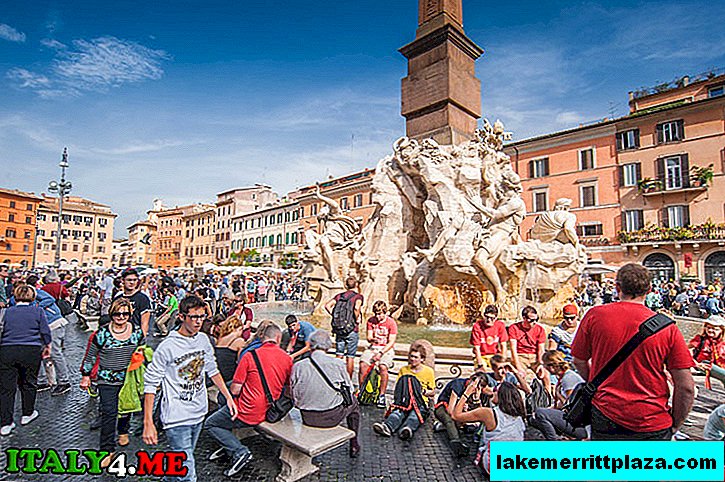
Forty-nine sites (not counting four recognized as "intangible" heritage) make up 5% of the entire UNESCO World Heritage List and are located on the territory of 302 Italian communes. A monument unique in its value can be found in almost any big city - in Rome, Genoa, Venice, Florence, Turin, Milan or Naples; as well as in smaller towns such as Pisa, Siena, Verona, Ferrara or Mantua. But even very small settlements somewhere on the Amalfi coast or in the Cinque Terre National Park can often boast of sights of special cultural or natural value.
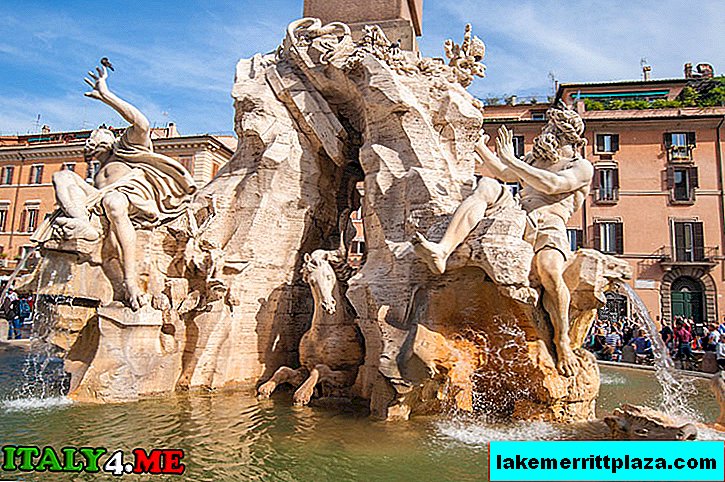
Obviously, the inclusion of the monument in the list of the most significant objects for mankind significantly affects the prestige and "reputation" of the area where it is located. Otherwise, it is very likely that it would not have been so popular, but now ... Now restaurateurs, hoteliers and simply cunning businessmen can be calm - the flow of tourists is guaranteed to not run out! Therefore, in Italy alone, in regions where there are monuments from the World Heritage List, there are about 23,000 accommodation facilities in which about 710,000 people can stay at the same time - this is 15% of the total hotel market in the country.
So, Isnart tried to determine the specific impact on tourism demand of the title "UNESCO World Heritage Site". And not just like that, but in order to understand how such an impact can be strengthened. As a result, the obtained data proved that the monuments of UNESCO really have a higher "performance" compared to the "normal". For example, from 2011 to mid-2013, the occupancy rate of hotel rooms was almost always significantly higher in the regions marked by UNESCO monuments. In addition, 71% of placements in these regions offer online booking services, compared with 64% in the rest of Italy. And in general, the level of service and its "technological" near UNESCO sites is much higher.
And here we come to a contradiction. Given all the advantages of owning a World Heritage property, the difference in income from tourism in the regions seems more than insignificant. After all, the difference in the average expenses of tourists in the country is less than 5% (which is equivalent to only 3 euros in absolute value). And this figure becomes even less in the case of comparing housing costs. The reason for this state of affairs has not yet been identified, however, the fact is clear. So now the Italian tourism experts have a new (although it is also "old" and eternal) task - to determine how to "convert" the number of tourists to "quality".


